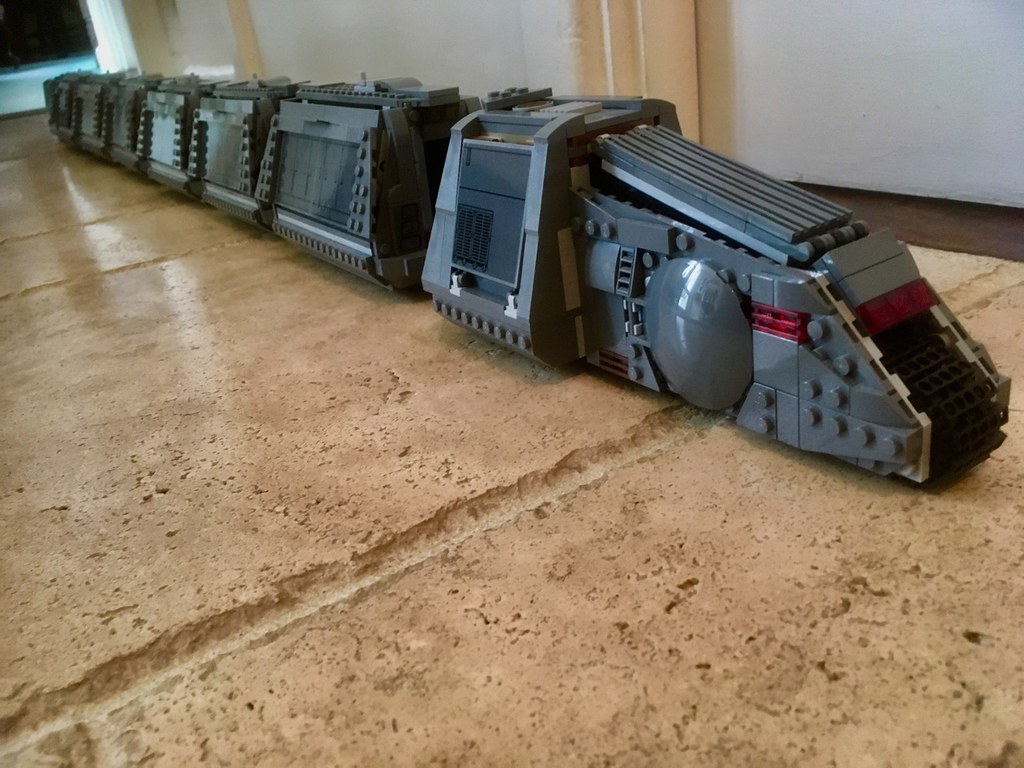


After 1918, some of the cars continued to be used by the officials of the newly founded Republic of Austria some vehicles had to be given to the other successor states, while others were sold to private individuals to fill the empty state coffers. With the collapse of the Austro-Hungarian monarchy, the imperial fleet lost its previous function. Accordingly, the spectrum of vehicles was wide, ranging from baroque ostentatious carriages to gala, leisure and everyday cars of the 19th and early 20th centuries to simple transport vehicles or modern automobiles. Not only the emperor and his family were entitled to the use of court carriages, but also the dignitaries and servants, right down to the court actors and the noble boys. The inventory of the Habsburg stables also included the Imperial Saddle Room. The administration of the vehicles was the responsibility of the Oberststallmeisteramt, whose staff consisted of around 500 people. They were used for the daily transport of several hundred people and numerous goods and objects required by the Court. Towards the end of the Austro-Hungarian Monarchy, the Imperial and Royal Court Carriage House, housed in the Imperial Court Stables (today the Museumsquartier), comprised around 640 vehicles of various types.



 0 kommentar(er)
0 kommentar(er)
